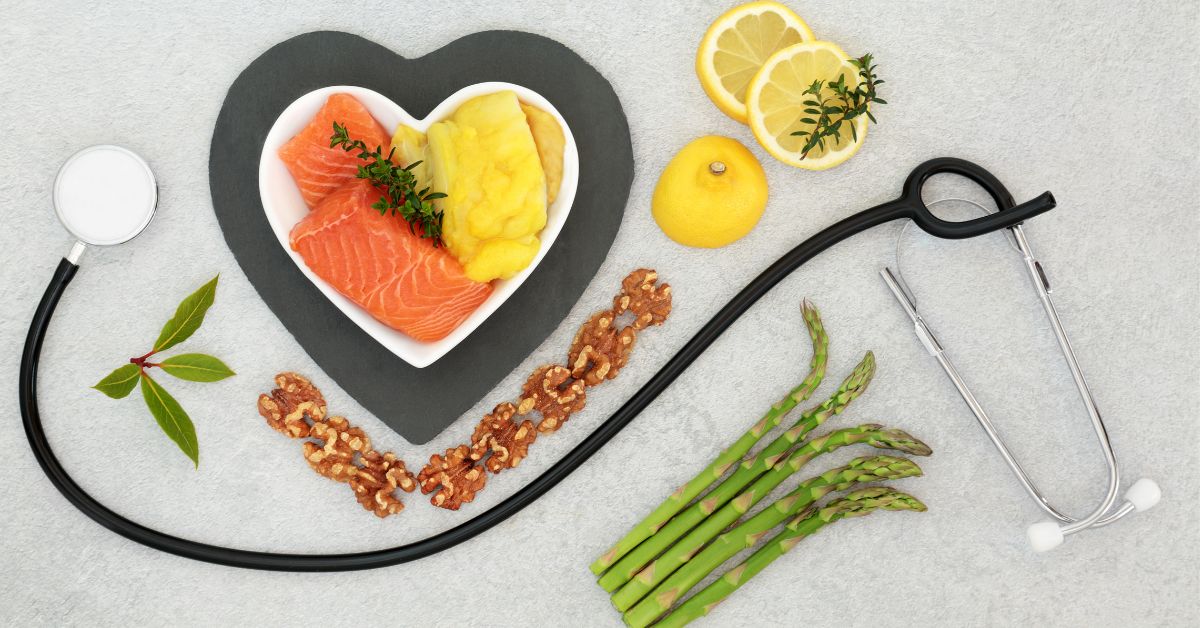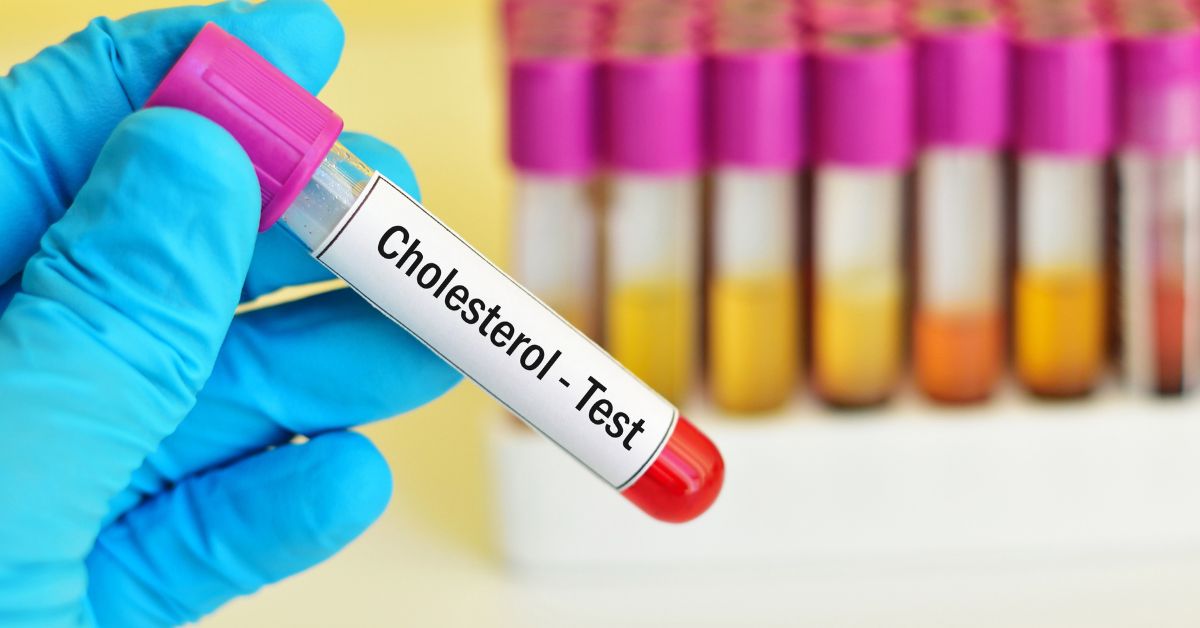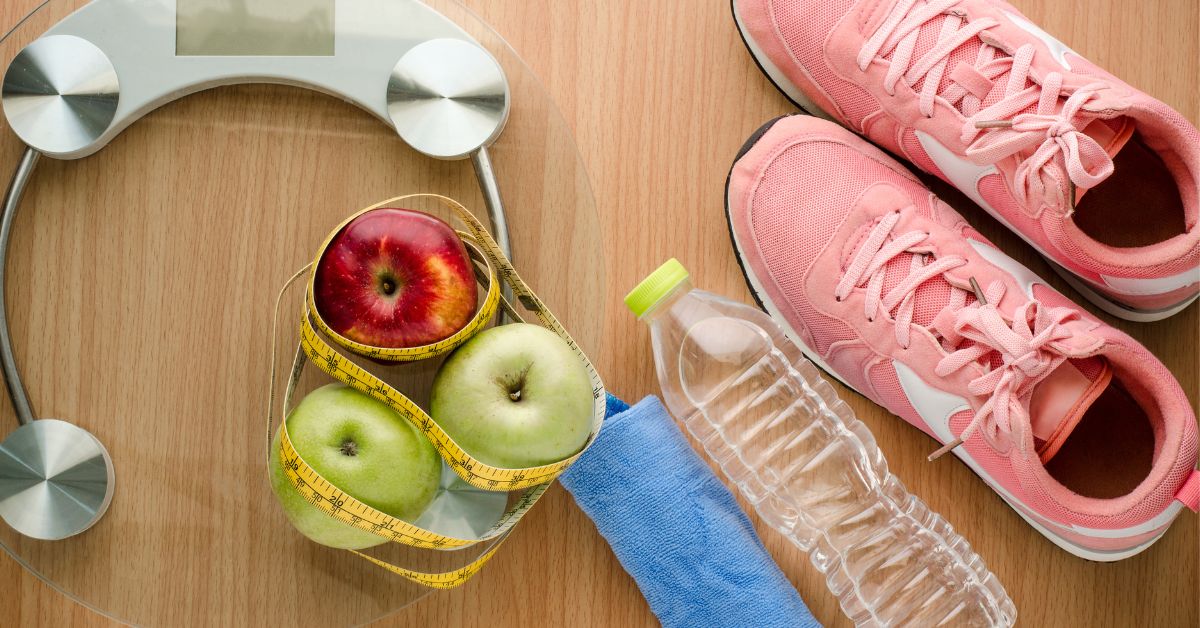Maintaining a healthy heart is crucial for overall well-being, and two key factors play a pivotal role in heart health: blood pressure and cholesterol levels. In this blog post, we explore these two essential steps to promote a healthier heart and provide practical tips for managing both.

Step 1: Managing Blood Pressure
High blood pressure, also known as hypertension, is often referred to as the “silent killer” because it may not present noticeable symptoms but can lead to serious health issues, including heart disease. Here are some effective ways to manage and maintain healthy blood pressure levels:

Balanced Diet:
Adopting a heart-healthy diet is a fundamental step in managing blood pressure. Focus on consuming nutrient-rich foods such as fruits, vegetables, whole grains, and lean proteins. Reduce your sodium intake by avoiding processed foods and opting for fresh, unprocessed alternatives.

Regular Exercise:
Engage in regular physical activity to keep your heart healthy and your blood pressure in check. Aim for at least 150 minutes of moderate-intensity exercise per week, such as brisk walking, swimming, or cycling. Consult with your healthcare provider before starting any new exercise regimen.
Stress Management:
Chronic stress can contribute to elevated blood pressure levels. Practice stress-reducing techniques such as meditation, deep breathing exercises, yoga, or hobbies that bring you joy. Managing stress is crucial for maintaining a healthy cardiovascular system.
Limit Alcohol and Caffeine Intake:
While moderate alcohol consumption may have some cardiovascular benefits, excessive alcohol and caffeine intake can contribute to high blood pressure. Consume these beverages in moderation and be mindful of their effects on your overall health.

Step 2: Managing Cholesterol
Cholesterol is a fatty substance necessary for various bodily functions, but an imbalance can lead to plaque buildup in arteries, increasing the risk of heart disease. Here are key steps to manage cholesterol levels effectively:
Healthy Fats:
Choose foods rich in healthy fats, such as avocados, nuts, seeds, and olive oil. These fats can help raise HDL (good) cholesterol while lowering LDL (bad) cholesterol levels.
Fiber-Rich Diet:
Increase your fiber intake by consuming whole grains, fruits, and vegetables. Soluble fiber, in particular, helps lower LDL cholesterol. Consider incorporating oats, beans, lentils, and barley into your meals.

Regular Exercise:
Physical activity not only benefits blood pressure but also helps regulate cholesterol levels. Aim for a combination of aerobic exercises like jogging or swimming and strength training exercises to promote overall heart health.
Quit Smoking:
Smoking not only damages blood vessels but also lowers HDL cholesterol. Quitting smoking is one of the most significant steps you can take to improve your heart health and cholesterol levels.
